White Mulberry Info: Tips On Caring For White Mulberry Trees
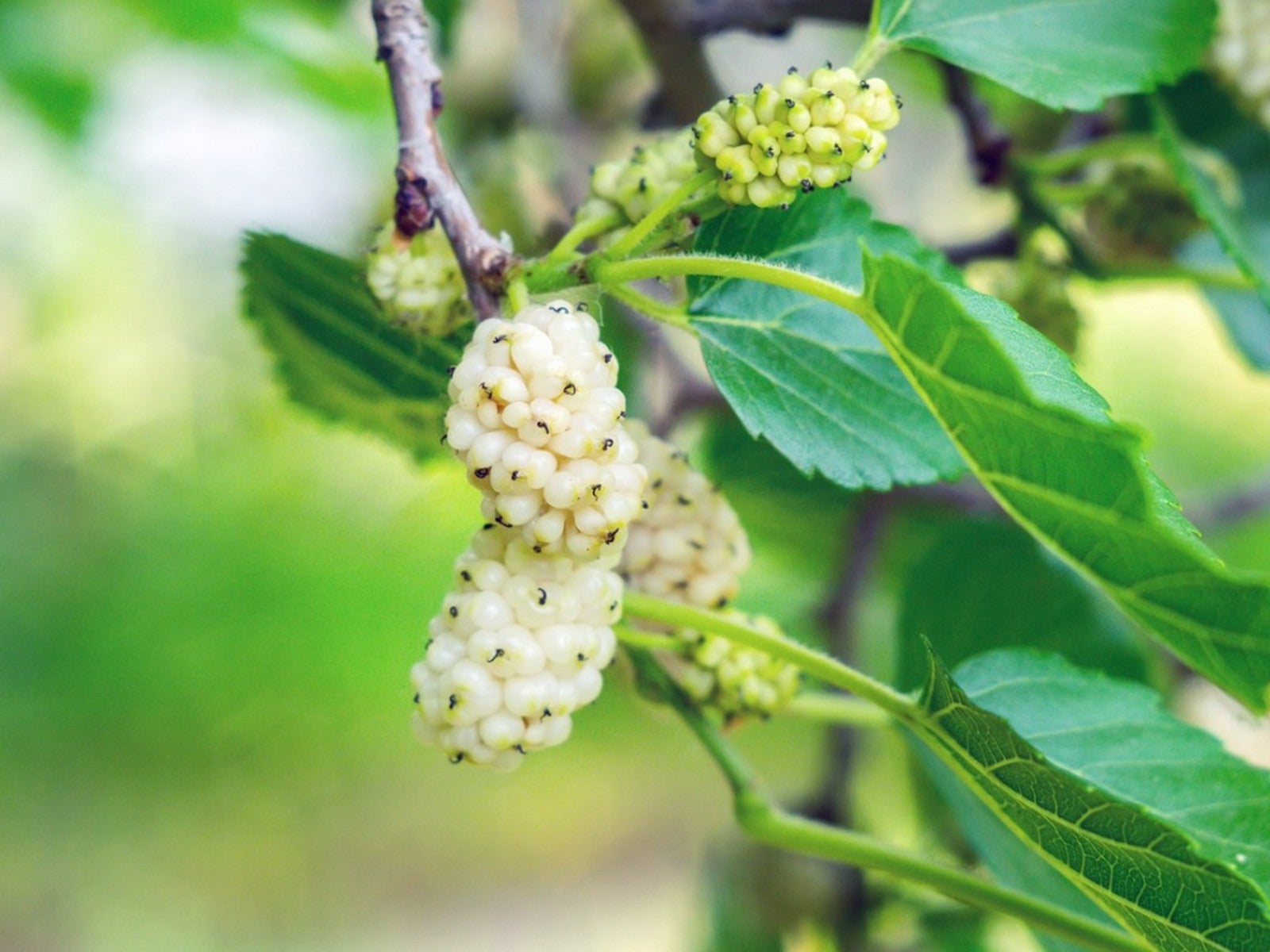

Many people cringe at the mere mention of mulberry trees. This is because they’ve witnessed the mess of sidewalks stained by mulberry fruit, or mulberry fruit “gifts” left by birds. While mulberry trees are generally viewed as a nuisance, weedy tree, plant breeders and nurseries now offer several varieties that are fruitless, which make lovely additions to the landscape. This article will cover white mulberry trees. Continue reading for more information on white mulberry care.
White Mulberry Info
White mulberry trees (Morus alba) are native to China. They were originally brought to North America for silk production. White mulberry trees are the preferred food source of silkworms, so these trees were thought to be essential in producing silk outside of China. However, the bottom fell out of the silk industry in the United States before it even started. Startup costs proved much too high, and the few fields of these mulberry trees were abandoned.
White mulberry trees were also imported by immigrants from Asia as a medicinal plant. The edible leaves and berries were used to treat colds, sore throats, respiratory problems, eye problems, and incontinence. Birds also enjoyed these sweet berries and unintentionally planted more mulberry trees, which quickly adapted to their new location.
White mulberry trees are very fast growers that are not particular about soil type. They will grow in clay, loam, or sandy soil, whether it be alkaline or acidic. They prefer full sun but can grow in part shade. White mulberry cannot tolerate as much shade as the U.S native red mulberry though. Contrary to their name, the berries of white mulberry trees are not white; they start out a white to pale pink-red and mature to an almost black purple.
How to Grow a White Mulberry Tree
White mulberry trees are hardy in zones 3 through 9. The common species can grow 30 to 40 feet (9-12 m.) tall and wide, though hybrid cultivars are generally smaller. White mulberry trees are tolerant of black walnut toxins and salt.
They bear small, inconspicuous green-white flowers in spring. These trees are dioecious, meaning that one tree bears male flowers and another tree bears female flowers. The male trees do not produce fruit; only females do. It is because of this; plant breeders have been able to produce fruitless cultivars of white mulberry trees that are not messy or weedy.
The most popular fruitless white mulberry is the Chaparral weeping mulberry. This variety has a weeping habit and grows only 10 to 15 feet (3-5 m.) tall and wide. Its cascading branches of glossy, deep green foliage make an excellent specimen plant for cottage or Japanese style gardens. In autumn, the foliage turns yellow. Once established, weeping mulberry trees are heat and drought tolerant.
Gardening tips, videos, info and more delivered right to your inbox!
Sign up for the Gardening Know How newsletter today and receive a free copy of our e-book "How to Grow Delicious Tomatoes".
Other fruitless cultivars of white mulberry trees are Bellaire, Hempton, Stribling, and Urban.
-
 12 Lush Alternatives To A Lawn For Sustainable Spaces
12 Lush Alternatives To A Lawn For Sustainable SpacesAlternatives to a lawn are beautiful and also beneficial to your local ecosystem and its pollinators. Explore our top picks for plants to replace grass.
By Tonya Barnett
-
 Types Of Tomatoes Explained: Explore The Many Wonderful Shapes, Colors, Flavors, & Best Uses
Types Of Tomatoes Explained: Explore The Many Wonderful Shapes, Colors, Flavors, & Best UsesThe world of tomato varieties is vast and fascinating. Learn about the key types to grow in your garden, tailored to your preferences and space.
By Amy Grant
-
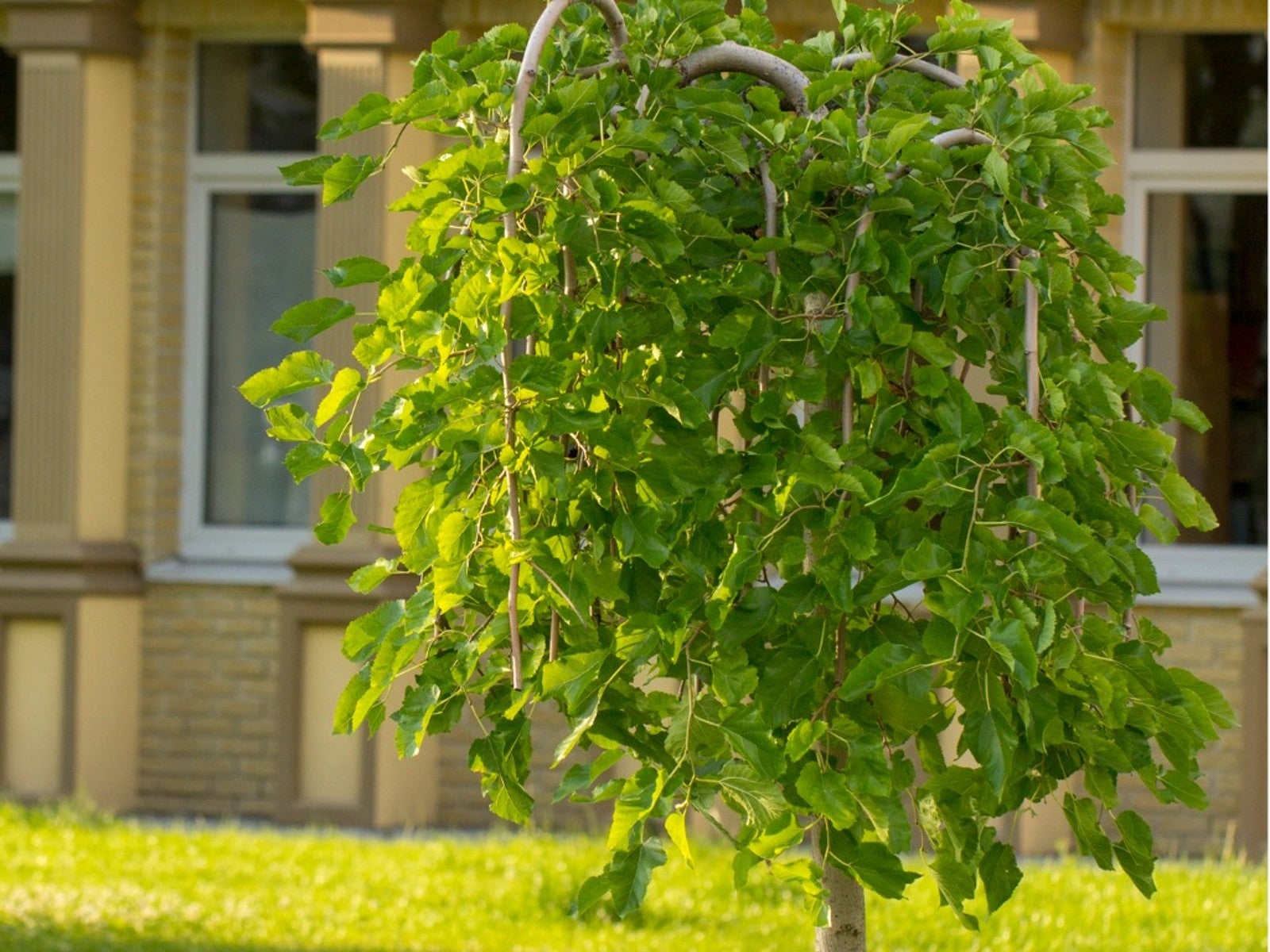 What Is A Weeping Mulberry: Learn About Weeping Mulberry Tree Care
What Is A Weeping Mulberry: Learn About Weeping Mulberry Tree CareOnce used to feed valuable silkworms, the weeping mulberry is a uniquely beautiful addition to any landscape, is easy to grow, and produces delicious berries.
By Amy Grant
-
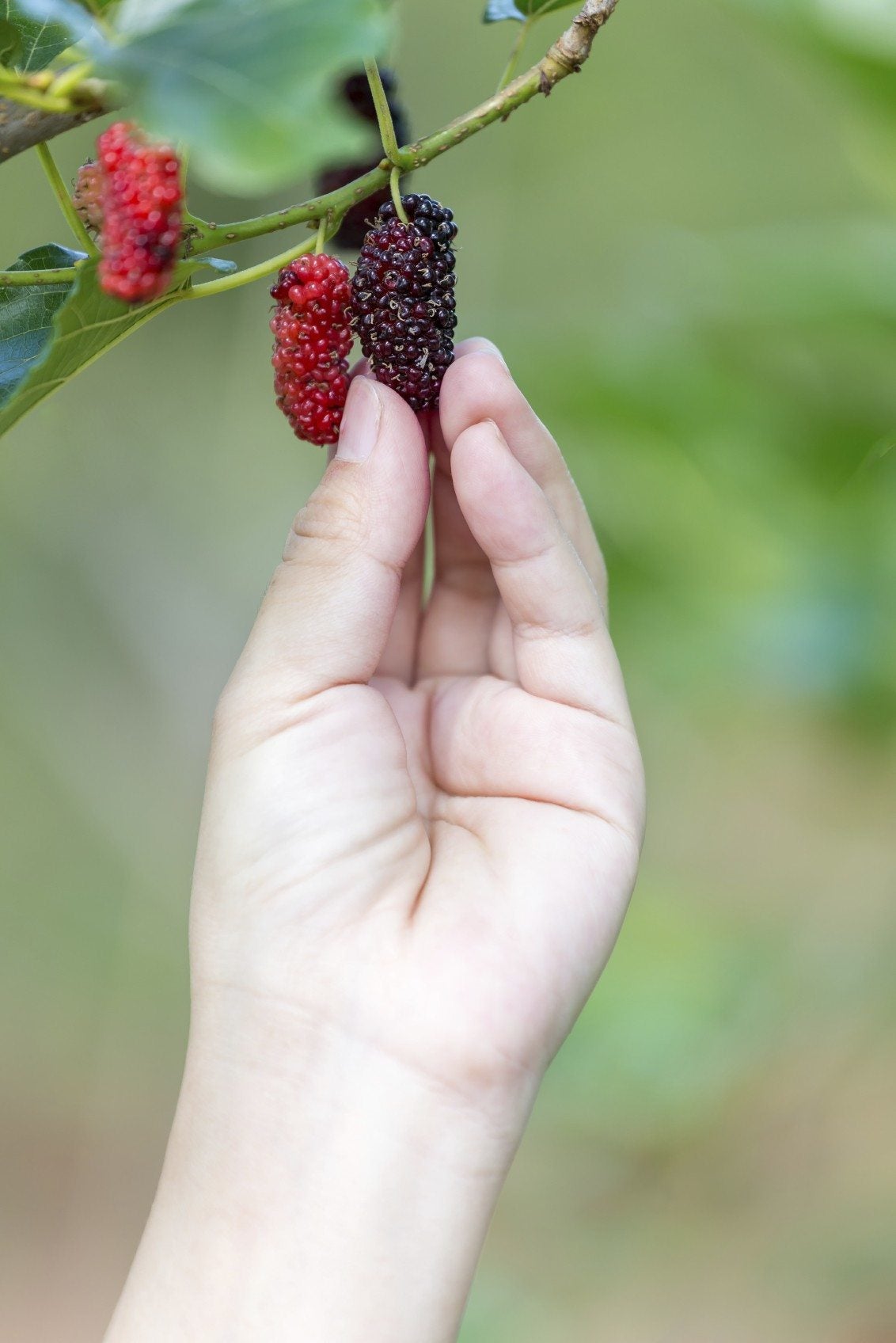 Mulberry Tree Harvest: Tips On How To Pick Mulberries
Mulberry Tree Harvest: Tips On How To Pick MulberriesIf you live in USDA zones 5-9, you can enjoy your very own mulberry tree harvest. The question is "When to pick mulberries?". This leads to a follow-up question about how to pick mulberries. Learn the answers to both questions in this article.
By Amy Grant
-
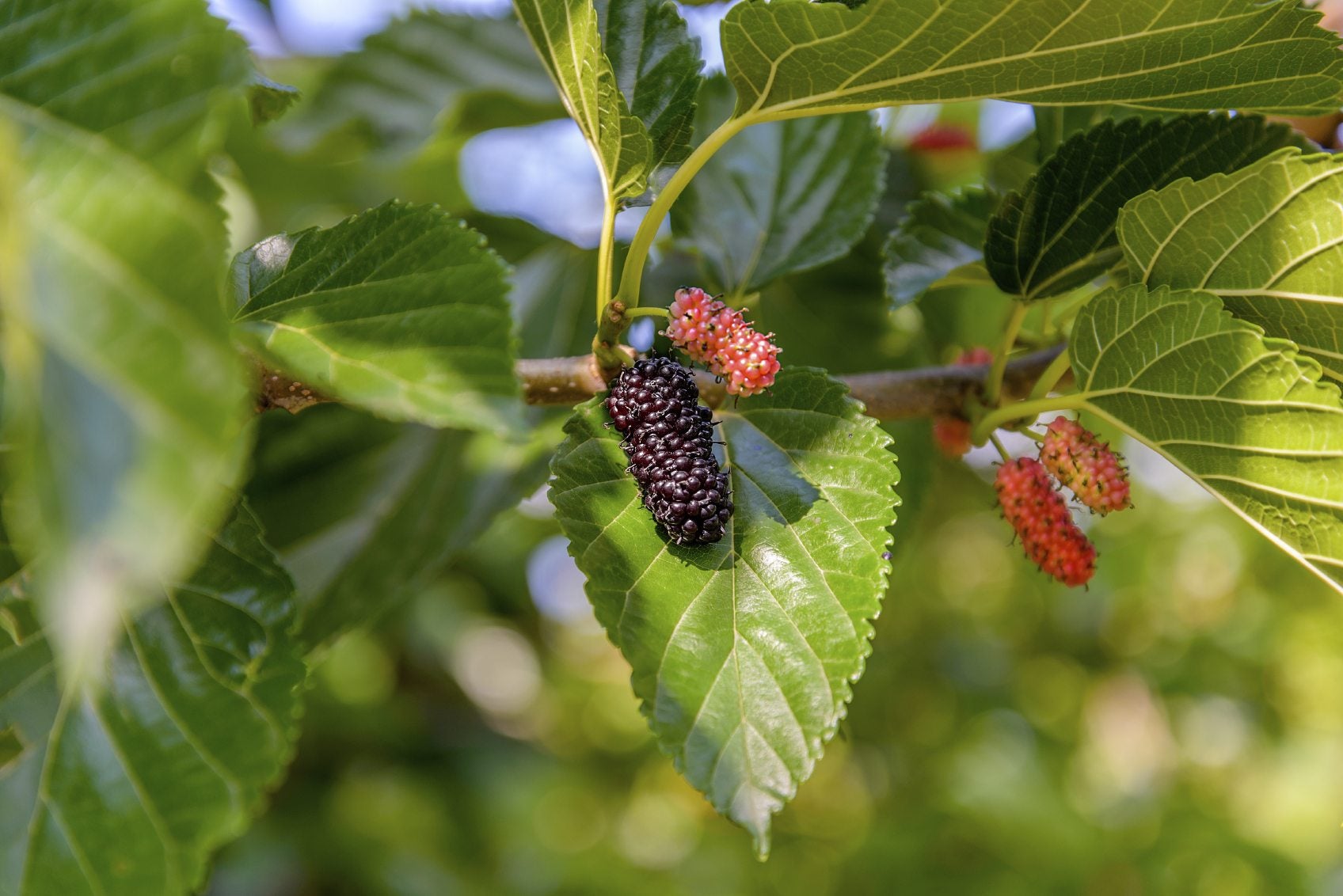 Dwarf Mulberry Tree Facts: How To Grow A Mulberry Tree In A Pot
Dwarf Mulberry Tree Facts: How To Grow A Mulberry Tree In A PotMulberries are easy to grow, abundant, and fast growing, which makes them perfect for containers. If you're interested in growing mulberries in containers, click this article to find out how to grow a mulberry tree in a pot and other dwarf mulberry tree facts.
By Amy Grant
-
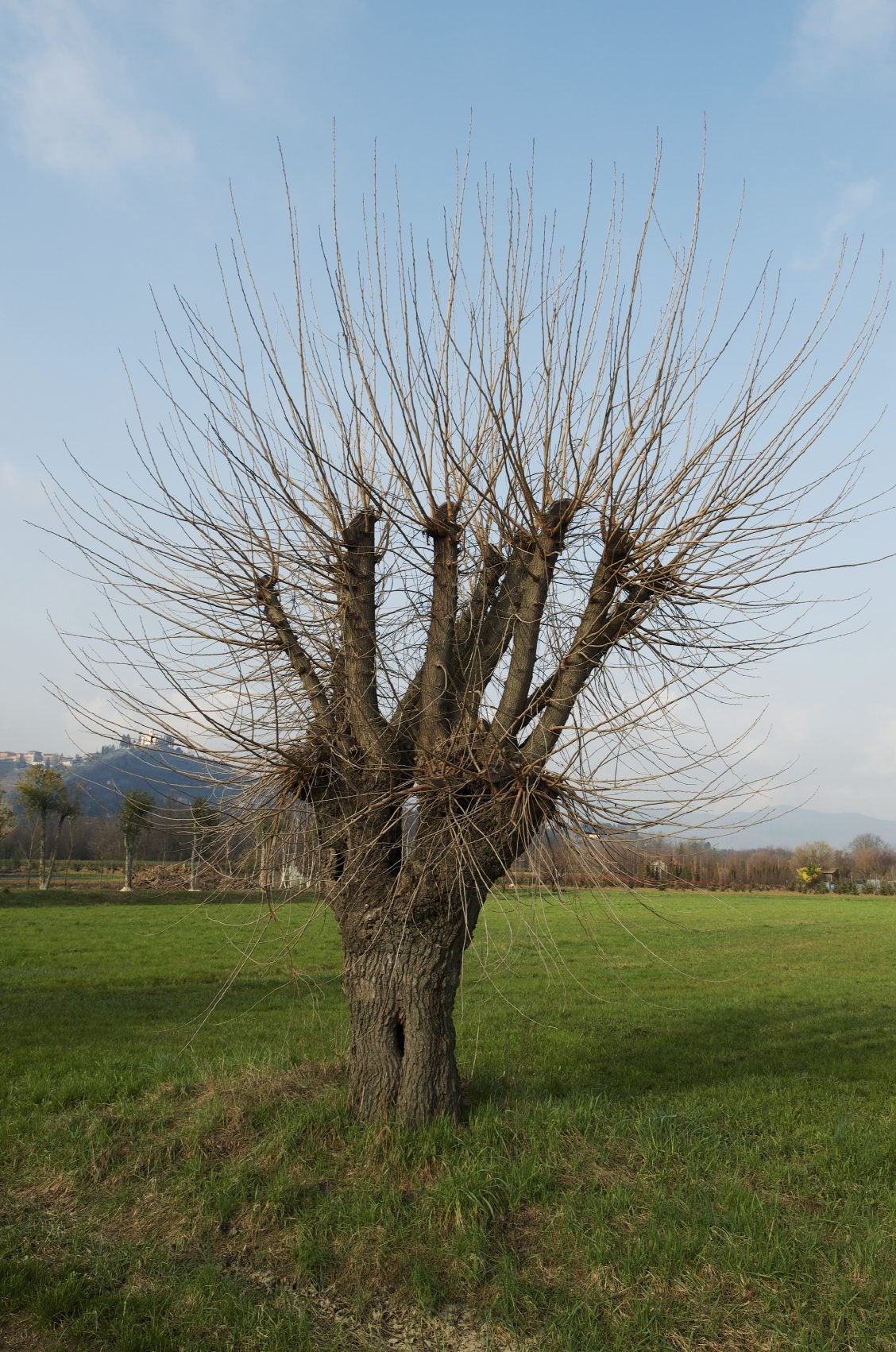 Mulberry Trimming – Learn When And How To Prune A Mulberry Tree
Mulberry Trimming – Learn When And How To Prune A Mulberry TreeMulberry trees can reach 30'-70' depending on the species. They are fantastic shade trees. Due to their quick growth, pruning mulberry trees is often necessary. The information found in this article can help get you started with mulberry trimming.
By Karen Boness
-
 Mulberry Tree Care – Learn How To Grow Mulberry Trees
Mulberry Tree Care – Learn How To Grow Mulberry TreesInterested in learning about how to grow mulberry trees? This article will help get you started with mulberry tree care.
By Amy Grant
-
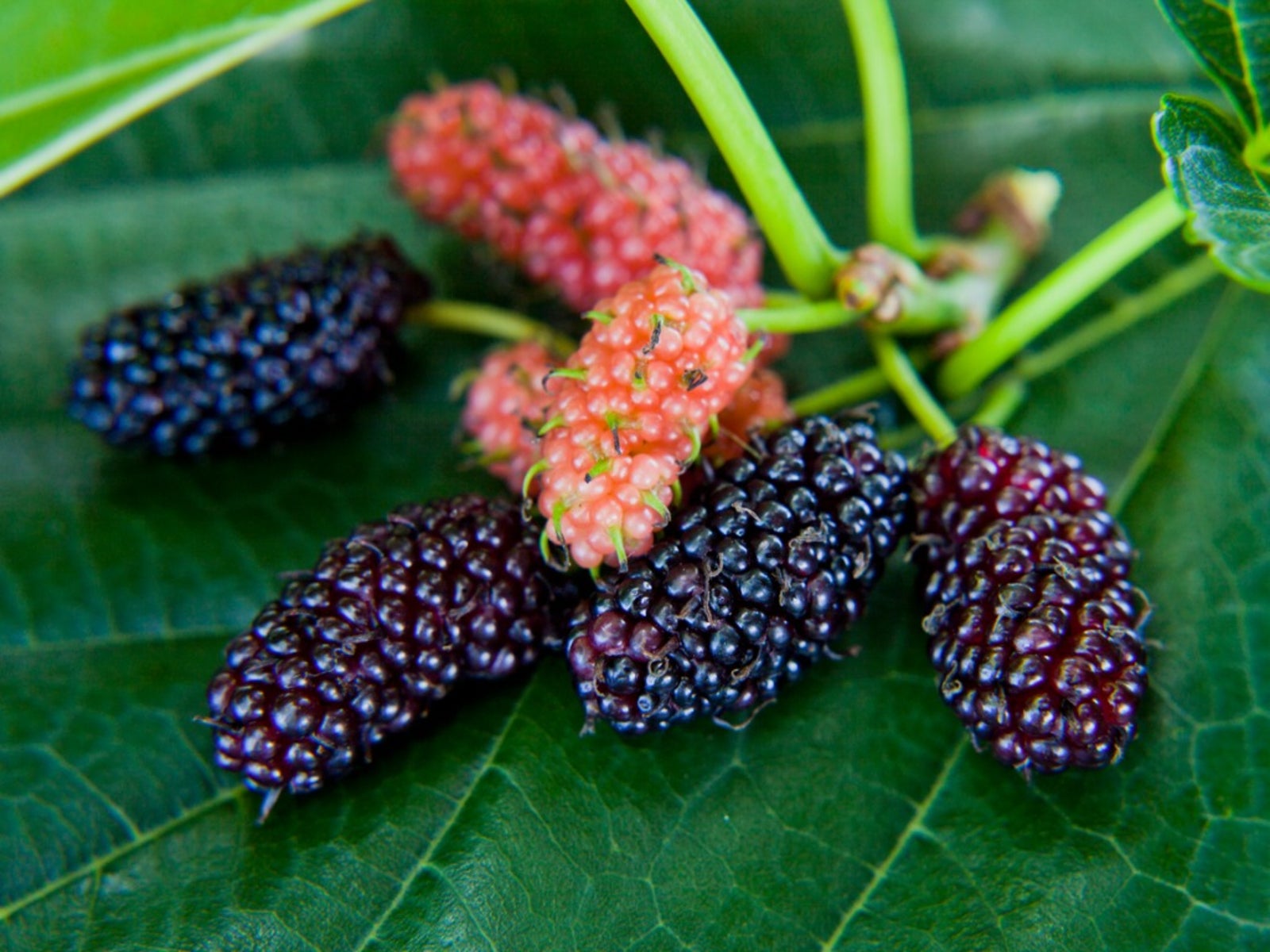 Mulberry Fruit Drop: Reasons For A Mulberry Tree Dropping Fruit
Mulberry Fruit Drop: Reasons For A Mulberry Tree Dropping FruitFruit drop in mulberry trees is very common. These heavy bearers are prone to heavy mulberry fruit drop and can create quite a mess. Learn more about what causes this in the following article. Click here.
By Amy Grant
-
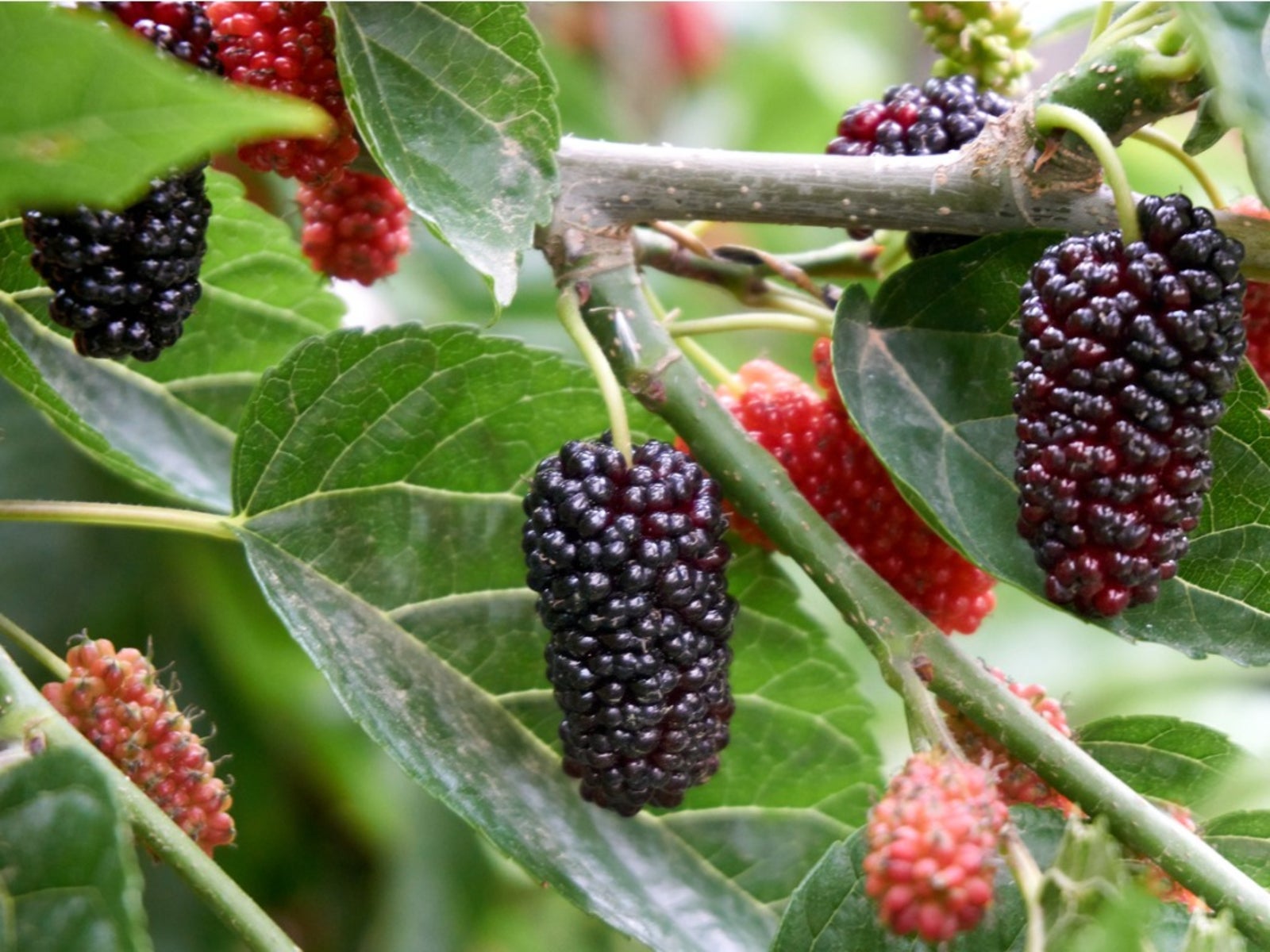 Mulberry Fruit Tree Sterilization: How To Stop A Mulberry From Fruiting
Mulberry Fruit Tree Sterilization: How To Stop A Mulberry From FruitingIf you have a mulberry that fruits, you may be well aware of the mess the fruit can create. Wondering how to stop a mulberry from fruiting, however, can be explained here.
By Amy Grant
-
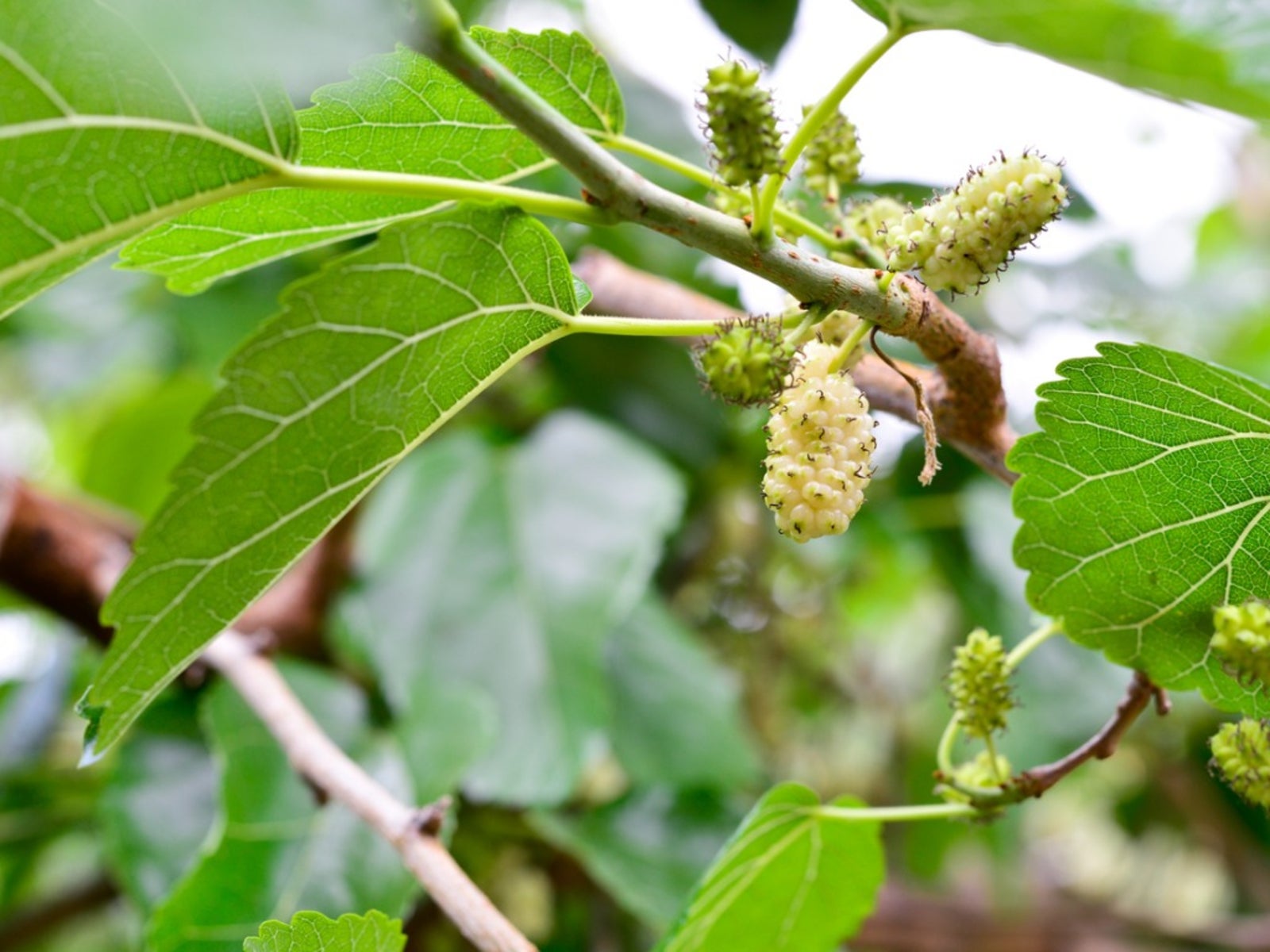 Corkscrew Mulberries: Care Of Contorted Mulberry Trees
Corkscrew Mulberries: Care Of Contorted Mulberry TreesOriginating in Japan, contorted mulberry trees (Morus alba) thrive in zones 5 through 9. This tree is also known as a contorted "Unryu" mulberry and you can learn more about it in this article.
By Susan Patterson